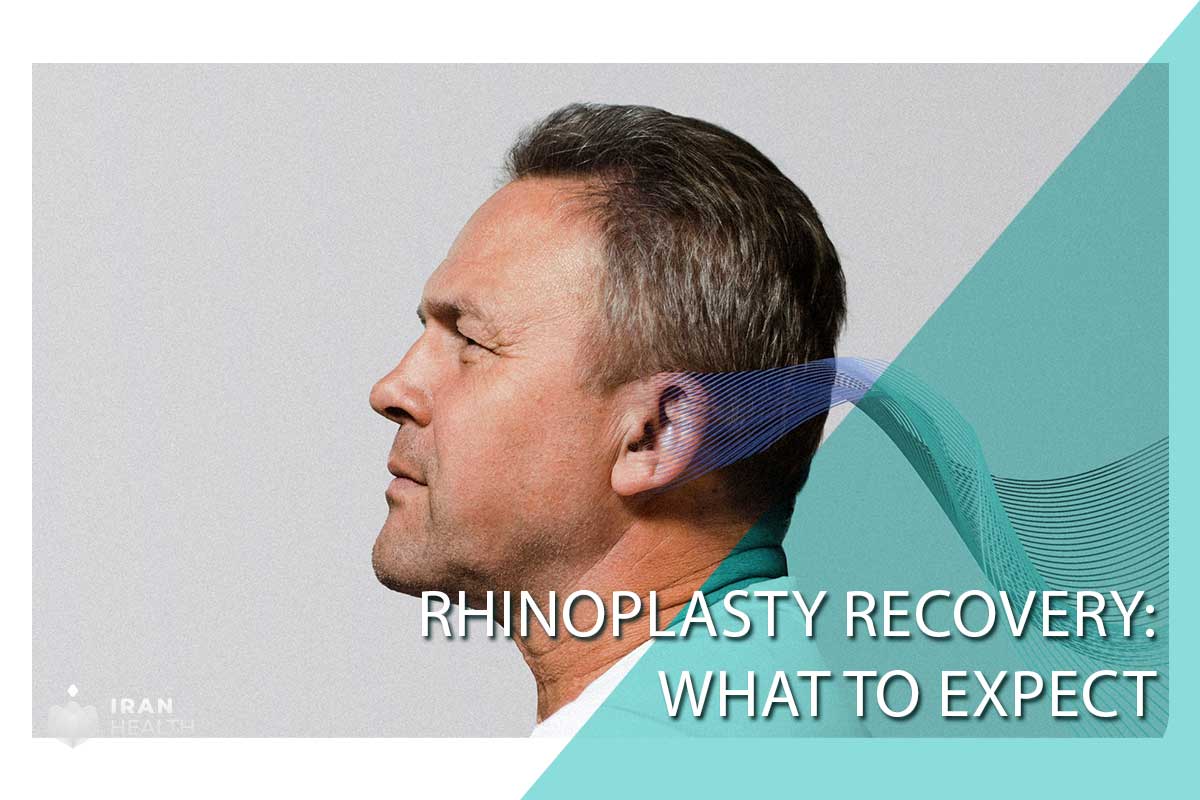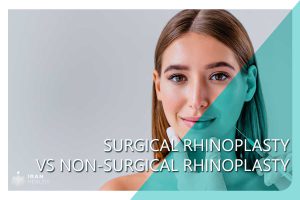Rhinoplasty Recovery Timeline: What to Expect in Each Stage and Phase
Initial Recovery Period (Days 1-7)
Immediately following your rhinoplasty surgery in Iran, you will be in the initial recovery period. During this time, it is normal to experience some discomfort, swelling, bruising, and congestion. Your surgeon will provide you with detailed post-operative instructions, which may include using cold compresses to reduce swelling, taking prescribed pain medications, and keeping your head elevated when sleeping. It is crucial to follow these instructions diligently to promote healing and minimize complications.
As the days progress, you may notice a gradual improvement in your symptoms. However, it is essential to avoid any strenuous activities, including exercise, that could potentially impact your healing process. It is also advisable to refrain from blowing your nose or wearing glasses during this initial recovery period.
Subsequent Recovery Period (Days 8-14)
During the second week of your rhinoplasty recovery, you will likely experience a reduction in swelling and bruising. At this stage, many individuals feel more comfortable returning to their daily routines, although it is still important to avoid excessive physical exertion. You may be able to resume wearing glasses, but it is crucial to consult your surgeon for specific recommendations.
While the external healing may be progressing well, it is important to note that internal healing is still ongoing. It is common to experience some nasal congestion and occasional nosebleeds during this stage. It is essential to keep your nasal passages clean by following your surgeon’s instructions for saline rinses or sprays.
Long-Term Recovery (Weeks to Months)
As you progress beyond the two-week mark, you will continue to notice significant improvements in your rhinoplasty recovery. Swelling will gradually subside, and your nose will start to take on its final shape. However, it is important to remember that complete healing can take several months.
During the long-term recovery phase, it is crucial to continue following your surgeon’s instructions, attend any scheduled follow-up appointments, and practice patience. While it may be tempting to judge the final results immediately, remember that your nose will continue to refine and settle over time.
Remember, the information provided in this document serves as a general guide. It’s essential to consult with your surgeon for personalized advice and guidance tailored to your specific recovery needs.
Tips for a Smooth Rhinoplasty Recovery
After any surgical procedure, it is important to give your body time to heal and adjust to the new changes. Your nose is no exception, and it can take up to a year for the swelling to completely subside and for the final result to be visible.
Make your rhinoplasty recovery as smooth as possible by following these tips
1. Follow your surgeon’s post-operative instructions diligently.
2. Avoid strenuous activities and exercise during the initial recovery period.
3. Keep your head elevated when sleeping to minimize swelling.
4. Use cold compresses as directed to reduce swelling.
5. Keep your nasal passages clean with saline rinses or sprays.
Advise some actions to avoid trauma, inflammation, or dissatisfaction.
Advise some actions to avoid trauma, inflammation, or dissatisfaction
- You should avoid any impact or injury to your nose that could damage the healing tissues to avoid trauma. You should also avoid activities that could cause pressure or strain on your nose, such as sports, lifting, or bending. Your surgeon will prescribe a protective splint or tape.
- The surgeon will give you instructions on how to avoid inflammation, such as following an anti-inflammatory diet and taking anti-inflammatory medications. To reduce swelling and bruises, use cold compresses on your nose and eyes. Smoking, drinking, and drugs that interfere with healing or cause bleeding should be avoided.
- To avoid dissatisfaction, you should have realistic expectations and goals for your rhinoplasty. You should communicate clearly with your surgeon and understand the risks and limitations of the procedure. When you experience emotional distress or dissatisfaction with your appearance, you should seek professional help. You should also wait for the final results to show, which may take up to a year.
call to action
To avoid all the trauma for your rhinoplasty recovery, please contact IranHealthAgency if you decide to do nose job in Iran .
We provide all the recovery packages you need to schedule a rhinoplasty recovery timeline!



